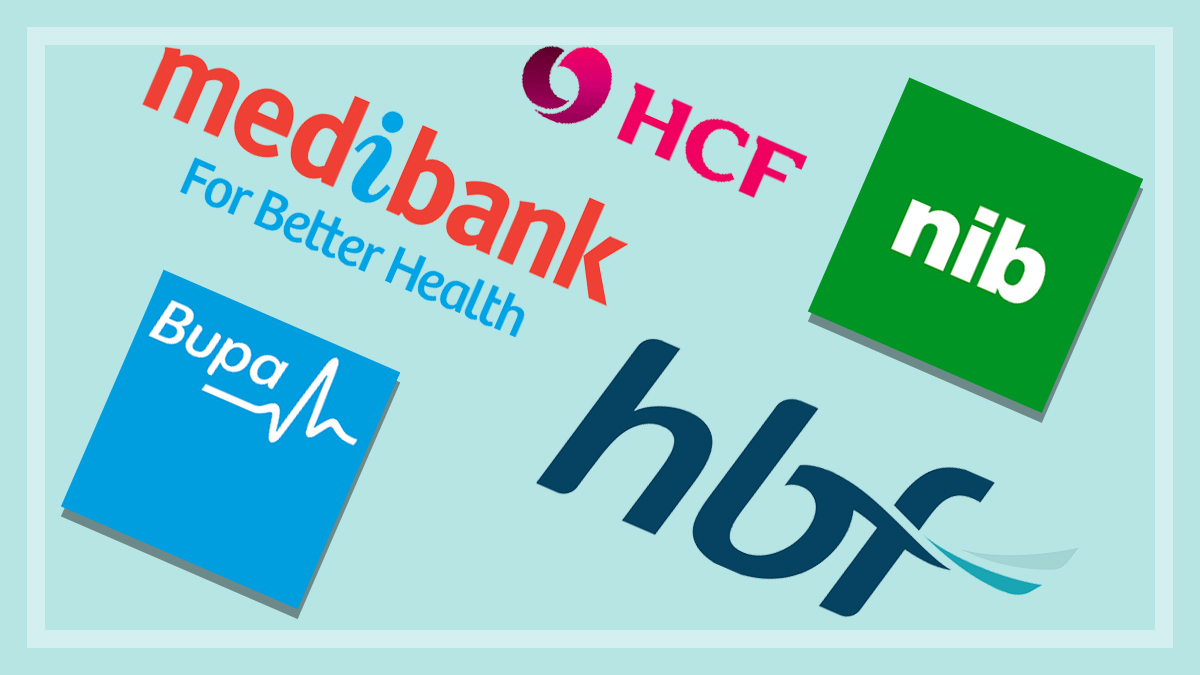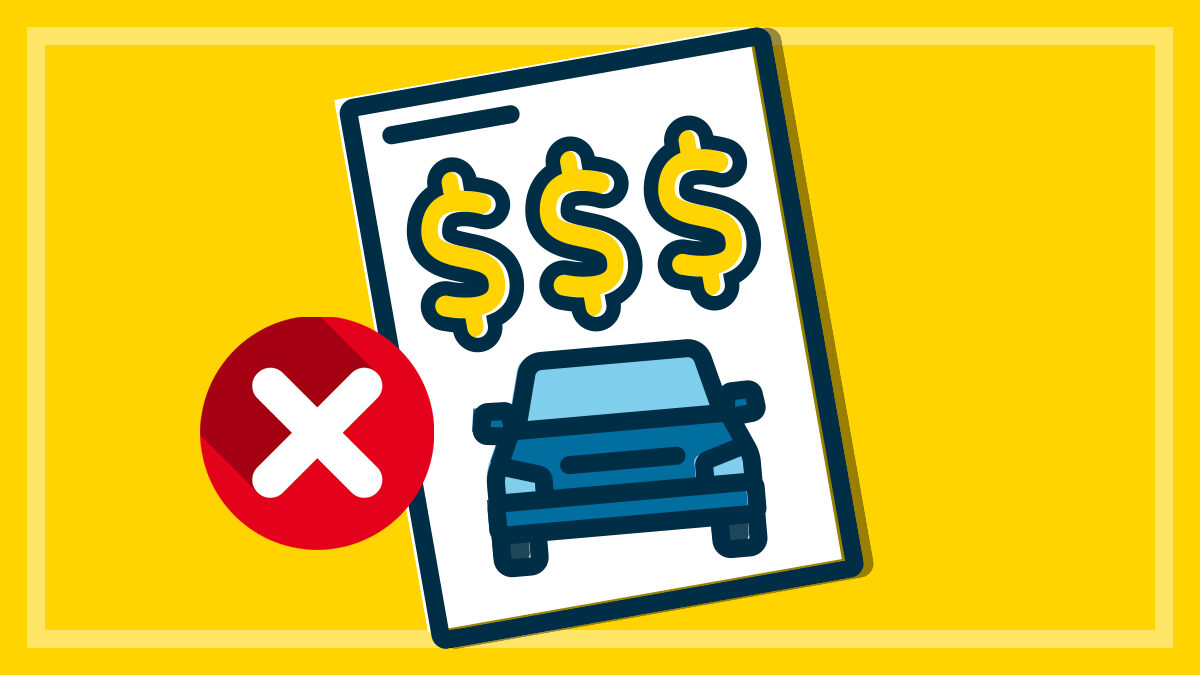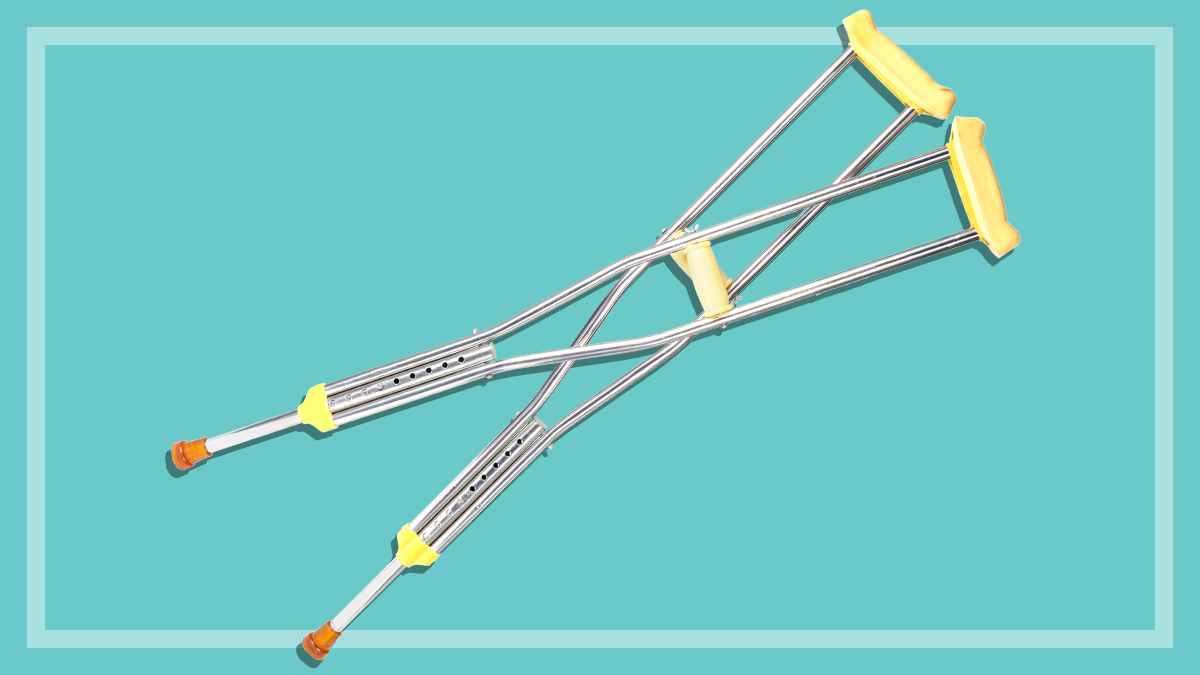Get our independent lab tests, expert reviews and honest advice.
Bad health insurance deals: Medibank, Bupa, HCF, HBF, NIB

Need to know
- Health insurance premiums increase on 1 April, so now is the time to compare your options and make sure you're getting the best deal
- 8 out of 10 health insurance members have a policy with one of the five largest funds: Medibank, Bupa, HCF, HBF and NIB
- The big funds do have some good policies, but others are just bad value
There’s no guarantee you’re getting a good deal just because you’re with a big, well-known health fund. Now is as good a time as any to check you’re getting the best health cover for your needs.
Five health funds have come to dominate the Australian health insurance market. According to the Commonwealth Ombudsman’s 2022 State of the Health Funds Report, more than 80% of Australians with health insurance are insured with Medibank, Bupa, HCF, HBF or NIB.
The big funds all have a range of policies, and although some of them are pretty good, some are really bad value for money.
CHOICE has reviewed thousands of policies from over 40 health insurers to help you make sense of your options. We recommend you compare health insurance at least once a year to make sure you’re getting the best deal.
Medibank
Medibank was launched by the Australian government in 1976. Initially it was nonprofit but was converted to a for-profit entity in 2009.
It was privatised in 2014 and is one of Australia’s two largest health funds with about 3.8 million members according to the Australian Prudential Regulation Authority (APRA). It also owns the AHM health insurance brand.
Medibank’s worst policy
Medibank Silver Plus Security
This policy has restricted or no cover for some services, including pregnancy, IVF and psychiatric treatment. But in all states except the Northern Territory and Western Australia, it’s more expensive than the cheapest Gold policy that fully covers all treatments.
Bupa
Founded in 1947, Bupa is one of Australia’s two largest health funds, with 3.6 million members according to APRA. Bupa Australia is part of the international Bupa Group that provides healthcare services in more than 190 countries. Bupa is a for-profit company, but its parent company is nonprofit.
Bupa’s worst policies
Bupa Silver Plus Advanced and Bupa Silver Plus Assured
These two policies have restricted or no cover for some services including pregnancy, IVF and psychiatric treatment. But in all states except South Australia, the Northern Territory and Western Australia, Silver Plus Assured is more expensive than the cheapest Gold policy that fully covers all treatments. Silver Plus Advanced is more expensive than the cheapest Gold policy in Queensland and Victoria.
HCF
Established in 1932, HCF is Australia’s largest nonprofit health fund with almost 1.9 million members according to APRA. RT Health and Transport Health are also part or HCF.
HCF’s worst policy
HCF Hospital Silver Plus
This policy has restricted or no cover for some services including pregnancy, IVF and psychiatric treatment. But in all states except Western Australia, the Northern Territory and South Australia, it’s more expensive than the cheapest Gold policy that fully covers all treatments.
NIB
NIB provides health cover to nearly 1.3 million members according to APRA. It was established over 60 years ago and is a for-profit company.
NIB’s worst policies
NIB Silver Advantage Hospital Plus and NIB Silver Select Hospital Plus
These policies have restricted or no cover for some services including pregnancy, IVF and psychiatric treatment. But in all states except South Australia, the Northern Territory and Western Australia, they’re more expensive than the cheapest Gold policy that fully covers all treatments.
HBF
A nonprofit health fund, HBF was founded in Western Australia in 1941 and is headquartered in Perth. According to APRA, HBF has over a million members nationally with the majority of these in Western Australia.
HBF’s worst policy
HBF Silver Hospital Plus
This policy has restricted or no cover for some services including pregnancy, IVF and psychiatric treatment. But in all states except South Australia, the Northern Territory and Western Australia, it’s more expensive than the cheapest Gold policy that fully covers all treatments.
Are big funds better than small funds?
In Australia there are more than 40 health insurers, so there’s plenty of choice beyond the big funds. You might be worried about going with a health fund you’ve never heard of, but some of these funds regularly come out on top in our health insurance recommendations.
Restricted membership funds – open to the families of teachers and defence force personnel, including reservists, police, nurses, union members and more – are often the best option for high-cover Gold policies.
So are there any disadvantages to joining a small fund? No. Here’s why.
- Financial health: Health insurance is highly regulated. The financial health of all health funds is checked by APRA.
- Out-of-pocket costs: Many small funds provide protection against out-of-pocket costs that’s as good as (or in some cases better than) the large funds. That’s because most smaller health funds pool together in a scheme called the Australian Health Service Alliance (AHSA), which negotiates agreements with doctors and hospitals.
- Provider schemes: While bigger funds might have large provider schemes and pay you better benefits if you go to one of ‘their’ providers, some smaller funds have those as well. And other small funds just pay you the same benefit wherever you go, which is a good option if you want to choose your own dentist, for example.
- Nonprofit: The majority of small funds are nonprofit, so they work only for their members, not shareholders. Of the big funds, only HCF and HBF are nonprofit.
Read more about small health insurance funds.
We selected Silver Plus policies with a $750 excess from the five biggest funds that are bad value for money in at least one of the biggest states (New South Wales, Victoria, Queensland).
‘Bad value’ means Silver and Silver Plus policies that provide less cover and cost more than the cheapest Gold policy in the same state. The cheapest open Gold policy with $750 excess is $220 in the Australian Capital Territory/New South Wales, Queensland, South Australia, Victoria and Tasmania. In Western Australia it’s $218, and in the Northern Territory it’s $153. Amounts are per month, without the health insurance rebate.





